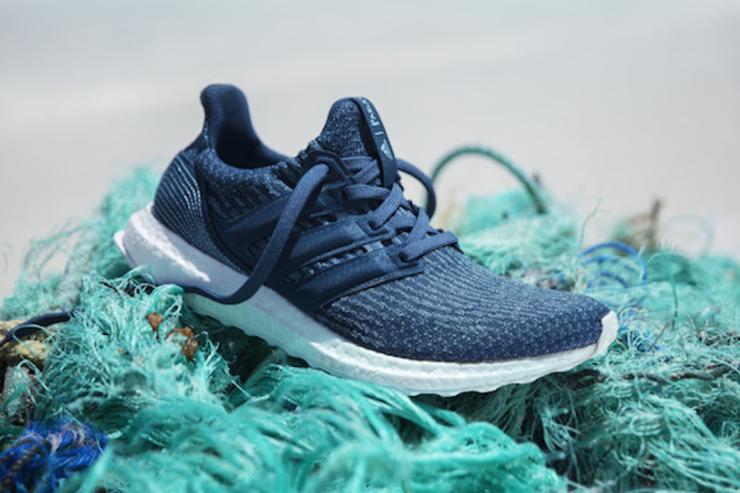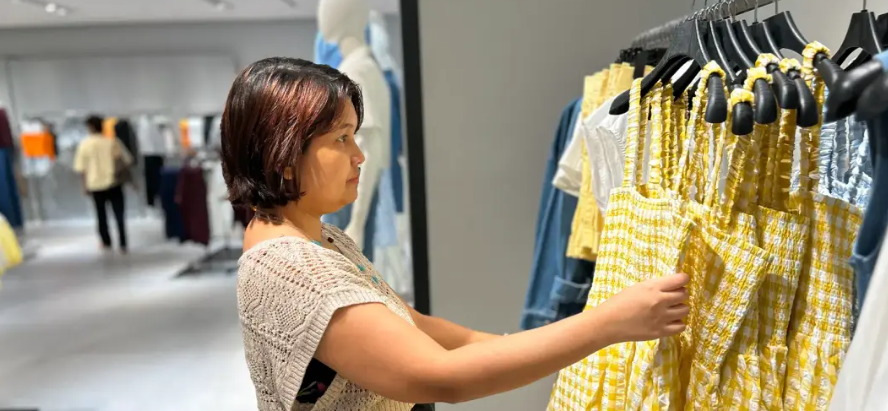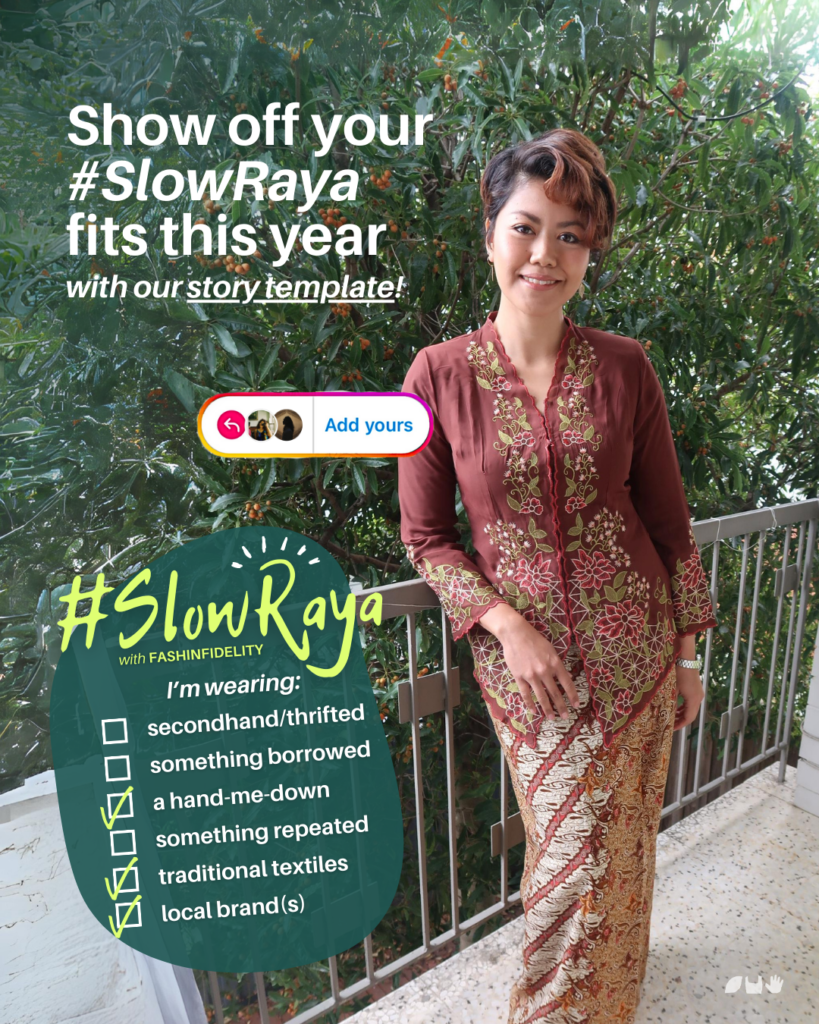This year India hosts World Environment Day (WED), which takes place on June 5, 2018.
“Beat Plastic Pollution”, the theme for World Environment Day 2018, urges governments, industry, communities, and individuals to come together and explore sustainable alternatives and urgently reduce the production and excessive use of single-use plastic polluting our oceans, damaging marine life and threatening human health.
1896 words; 9 min read
Updated 2 October 2018
It’s also World Oceans Week (4-8 June) and the WED theme ties in very much with World Oceans Day, 8 June, who wants us to think about “Preventing plastic pollution and encouraging solutions for a healthy ocean.”
Best thing since sliced bread
Plastic has been a part of our daily lives because they are so durable. Which is great, but inversely, makes them a persistent force to be reckoned with in our environment, and more importantly our oceans – once discarded.We’ve known for a while that bulk plastics are polluting the oceans. Converging sea currents are accumulating plastic waste in a floating island known as the Great Pacific Garbage Patch, which now covers an area larger than Greenland. The bigger bits of plastic such as nets and water bottles are life-threatening to marine life and sea birds. They can strangle marine mammals or birds and build up in their stomachs and guts. And, if plastic pollution continues at the same rate that we are seeing now, the oceans will contain more plastic than fish by 2050.

Infographic on plastic ocean pollution (Source: Ocean Conservancy)
More recently, awareness of microplastics has raised concern about their ever-present presence in the food chain.
Our oceans are under threat
Oceans cover 72% of the Earth, supply 70% of the oxygen we breathe, holds 97% of the planet’s water, and lock away 30% of carbon emissions. But it is apparent that our oceans are under threat and we need to move onto action on plastic – now.
Plastic makes up 10% of all of the waste we generate so it is only natural that a lot of individuals, organisations, communities and governments are finding ways to repurpose plastics into new materials and incorporate them into the raw material supply chain. Single-use plastic bags and water bottles that are PET (polyethyleneterephthalate) can now be used for so many purposes – turning them into fabric, hardened resin that become car parts, decking, and even furniture.
Seeing plastic floating in our oceans and littered on our beaches is not a pretty sight, either. With so much plastic rubbish around us, no wonder there are many clean up initiatives happening around the globe to rid our oceans of them.
Plastic for Fabric
One of the ways we can support #sustainable #fashion is to encourage the promotion of plastic as a raw material in clothing. Patagonia started making recycled polyester from plastic soda bottles in 1993 – the first outdoor clothing manufacturer to transform trash into fleece.

How Patagonia makes their Polarfleece out of plastic soda bottles (Source: Patagonia)
A breakdown of the process is described below:
- Reclaimed PET (polyethylene terephthalate ester – the ones that comes with no. 1 recycling type imprinted) water bottles are stripped off their labels and caps
- They are processed into flakes and washed
- The clean flakes are transformed into chips or pellets
- The chips are melted and pulled into yarn
- Sometimes, in this phase, the polyester of reclaimed origin is mixed with other ecological, natural, recycled or recovered fibres
- The yarn is ready to be turned into fabric!
A bit of trivia here: polyethylene terephthalate ester … shortened version? Polyester.
The Changemakers
If you are serious about plastic’s impact on the planet and what you can do about it, you can start with supporting the continuous use of beyond its initial intended purpose. Below are some of the #changemakers in this space. Watch out for them and catch up on the latest technology by checking them out!
Manufacturers and suppliers of yarn and fabric
- SEAQUAL is high quality recycled polyester yarn made from 100% recycled materials including post-consumer plastic bottles and plastic captured from the sea, manufactured by Spanish-based Textil Santanderina.
- REPREVE is a yarn that is made out of recycled plastic bottles, manufactured by USA-based UNIFI. REPREVE makes three types of recycled yarn: 100% from used plastic bottles, a hybrid of plastic bottles and fibre waste, and a hybrid of plastic bottles and used fabric. Some of the brands that incorporate REPREVE in their products are Kathmandu, Ningaloo Swimwear, Quiksilver, Roxy, and Vissla.
- BIONIC, a company that transforms retrieved marine and coastal plastics, into durable textiles and polymers. The plastics are collected from Waterkeeper Alliance chapters around the globe. Not all of their products are from 100% recycled yarn, most of them are a blend of new synthetic yarn with recovered synthetics. Bionic made headlines in 2015 when Pharrell Williams, the third partner in the company, produced a line of G-STAR RAW denim, called RAW for the Oceans that incorporated BIONIC yarn and raw materials collected by Parley for the Oceans’ Ocean Plastic Program.
- Waste2Wear, a textile company headquartered in Shanghai, China, that manufactures used plastic bottles to create a polyester yarn and supplies agents internationally.
One of the ways we can support #sustainable #fashion is to encourage the promotion of plastic as a raw material in clothing.
Brands that take pride in their sustainable materials as a raw product
- ECOALF, a certified B Corporation, brings life to their clothes using fabrics tha are re-born out of used plastic bottles, discarded fishing nets, waste tyres, recycled cotton, and even used coffee grounds!
- ADIDAS has been making sustainable high-performing shoes with Parley for the Oceans since 2017.
- G-Star RAW, who claims to make the most sustainable jeans in the world, and has a Raw for the Oceans Collection that incorporates reclaimed plastic.
- Stella McCartney has incorporated sustainable principles in high fashion since 2001 and has a goal to stop using virgin nylon in their products by 2020. Read about their journey on incorporating recycled nylon and polyester in their clothing line here.
- Kloth Lifestyle, a Malaysian company, markets and develops high quality sustainable fabrics made from Waste2Wear recycled products.
Organisations and communities that are working with the plastic problem and doing good things in general
- Boyan Slat, The Ocean Cleanup Program – a 23-year-old Dutch entrepreneur’s idea to clean up the Great Pacific Garbage Patch.
- Parley for the Oceans, an organisation that fights to keep the ocean beautiful, has an Ocean Plastic Program that combines Education and Awareness, Cleanup Initiatives, Research and Development, and Creation of Biofabrics. Individuals can take part in the #PARLEYAIR Challenge (AVOID plastic wherever possible, INTERCEPT plastic waste, REDESIGN the material itself) to re-look at the way we treat plastics in our daily lives.
- Sea Bin Project, a contraption designed and created by two Australians surfers that can trap ocean rubbish, designed to be used in marinas and ports.
- 4Ocean, a global movement actively removing trash from the ocean and coastlines while inspiring individuals to work together for cleaner oceans, one pound at a time, by purchasing a 4Oceans bracelet.
- 1 Million Women, founded in Australia, is a network of over 800,000 women and girls around the world, that aims to empower women everywhere to act on climate change through the way they live. In Australia and around the world women make 85% of the consumer decisions that affect the household’s carbon footprint, so 1MW aims to influence change through every dollar we spend and every choice we make. Their tutorial on crocheting using “plarn”, or polyester yarn from used plastic bags into sleeping mats for the homeless can be found here.

Plastic pollutants are now being salvaged to become raw materials to produce clothing yarn and at the same time, clean up our rivers and oceans! (Source: DutchScenery/ Shutterstock)
Events
- Adidas is hosting Run for the Oceans, to take place between 8 June to 8 July, a campaign that aims to raise awareness about oceans plastic pollution via its global adidas Runners network. The brand will match every kilometre run with US$1, up to one million kilometers, donating the funds to the Parley Ocean Plastic Program for use on its “School Initiative,” which educates children about marine protection via a series of in-school and water sports activities. To participate, download the Runtastic app for Android and iOS.
- 1 Million Women supports Plastic Free July every year, an initiative that started in Perth, Australia. It’s amazing what you can achieve by being a bit more aware, conscious, and anal about plastic consumption! Here are 9 Tips for a Successful Plastic Free July.
Take action on plastic
In line with the ever-growing theme of reducing plastic pollution, the most important thing you can do to be part of the movement is to avoid single-use plastics at all costs.
In Malaysia, I find the use of single-use plastics is just rampant, for example – when you go to the night markets, you will easily accumulate ten small plastic bags that is supposed to carry each of your food items, and those food items are already placed in one-off plastic containers; most of them are not the recyclable type. The easiest thing you can do is carry a backpack or basket for your items, and try bring your own reusable containers for food and drink. People look at me funny when I bring my own plastic containers from home, but I don’t care. I carry my own reusable water bottle and coffee cup everywhere, so it’s just a natural extension.
You can say no to plastic straws, spoons and forks. I always have a reusable cutlery set in my bag, and as for the straws – just drink straight from the glass or bottle!
People look at me funny when I bring my own plastic containers from home, but I don’t care. I carry my own reusable water bottle and coffee cup everywhere, so it’s just a natural extension.
In terms of clothing, if you did find an item that is made from ‘reclaimed polyester yarn’, ask the fashion brand whether the yarn used was from 100% reclaimed plastic or has it been mixed with fresh plastics, too. Try to have a conversation about why and why not – sometimes products are limited by functionality and engineering. Still, challenge them with your desire to make a difference. Brands want to know if they’re doing enough – so don’t be shy on your feedback!
But will we ever get rid of plastic trash?
One of the things I get asked is whether #PlasticforFabric will take off in a really big way and then we’re left with no plastic waste in the ocean, or on land waiting to be recycled. The honest truth is, it’ll be a while yet until that happens. We haven’t cleaned up our oceans and land environments enough to start with.
Therefore, using the circularity model which I have mentioned in my earlier posts, re-purposing plastic as a raw material is one the best ways we can start to close the loop on waste. Yes, we firstly need to design out the waste in all of our supply chain applications, but at the end of the product’s life, once thrown away, there are ways where we can get them back into the top of the chain many times over.
Reclaiming plastic is not a new idea, by the way – we’ve been recycling hard and soft plastics such as used water pipes, ink cartridges, plastic film, and shopping bags, for years! – These have been re-born into office stationary, roadside kerbs, benches, food containers, jewellery, lamps, wheelie bins, and so much more!

Stella McCartney has incorporated reclaimed plastics in her Ready-to-Wear collections, and has a sustainability ethos not seen in other high fashion brands. (Source: Vogue.com)
Another thing to remember is plastic is made out of oil, a non-renewable resource. Now that we’ve already extracted that resource we may as well re-use it as much as we can.
Can you commit to doing one thing to avoid single-use plastics today? Good luck! And do you know of a brand or enterprise that is doing a lot in the reclaimed plastics space? I’d love to hear from you.
Join us in our Slow Fashion movement with the hashtag #ConscientiousFashionista and #wardrobetruths on Instagram, and follow us at @fashinfidelity.
Tags: #WED2018 #WorldEnvironmentDay #WorldOceansDay
#conscientiousfashionista #fastfashion #slowfashion #ethicalfashion #ecofashion #sustainablefashion #greenfashion #sustainability #wardrobetruths #fashioneducation #fashionisnolongertrendy #fashion #wardrobetruths #saynotofastfashion #kualalumpur #Australia #Malaysia #PlasticforFabric




